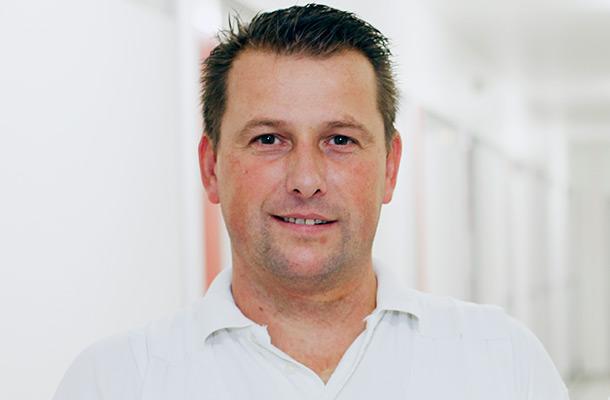The new facility is a cornerstone in Hendrix Genetics’ Sustainability Program. Comprised of three key building blocks - Animals, People and Planet - the program focuses on improving sustainability in operation, with clear, actionable plans to deliver returns in terms of environmental impact, the responsible use of antibiotics and the efficient use of resources.
Innovation, says Ron Jöerissen, Production Director of Hendrix Genetics’ Layers Business Unit, lies at the heart of achieving the program’s aims. “With a unique combination of innovations, our new hatchery is achieving unparalleled levels of sustainability, with energy savings of 35 per cent.”
Key features of the new facility include a fully integrated building management system, with more than 700 contact points to monitor temperature, air pressure, airflow, humidity and CO2 levels, controlled by a bespoke climate control system, that maintains and optimises air conditions in every room, as well as pre-conditioning incoming fresh air.
An advanced heat recovery system re-uses heat recovered from apparatus and cooling water to warm incoming air, provide floor heating and heat tap water. Heat recovered from the incubation process is used to heat the entire attic area of the 4,080m2 facility, which has the capacity to produce 4.5 million layer parent stock each year. Further innovations have been incorporated to save energy during the incubation process.
Mark Cornelissen, Global Hatchery Specialist ISA, confirms that the new unit has already delivered substantial energy savings, enhanced biosecurity and improved product flow and processing within its first year of operation.
“We are seeing 30 per cent reductions in terms of cost of sale and operating expenditure per chick,” he says. “In its first year of operation, the hatchery is already demonstrating unparalleled sustainability and a significant ROI, both for the environment and for our producers, which we regard as the only way forward.”
Case study: Sustainability & savings.
Read the full ISA story here.
